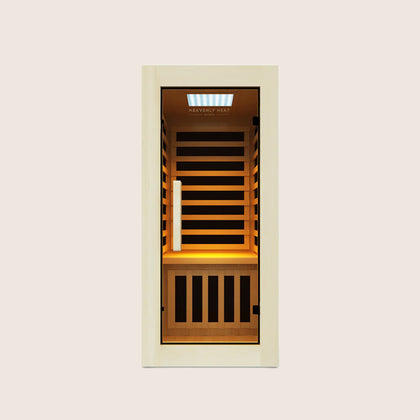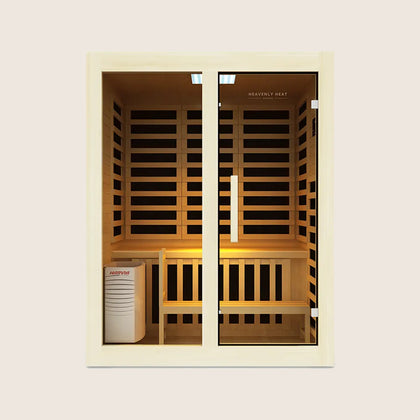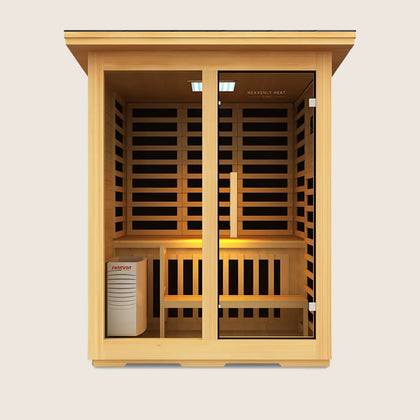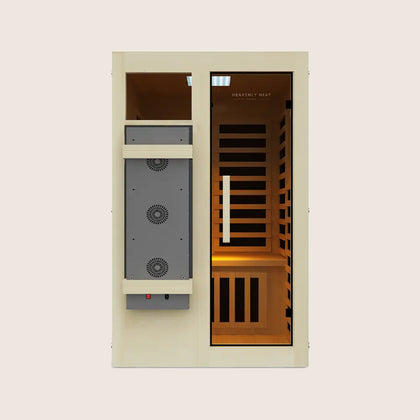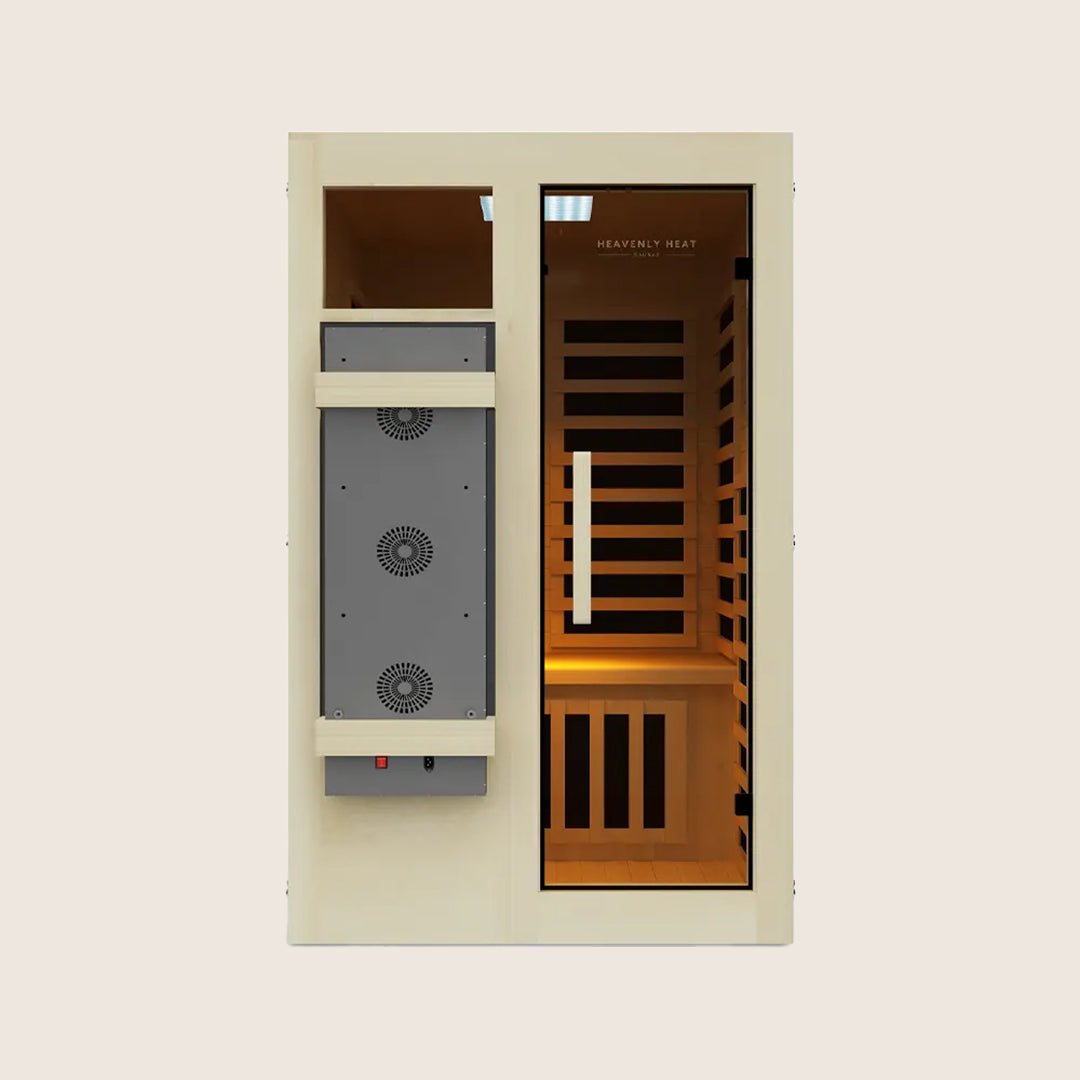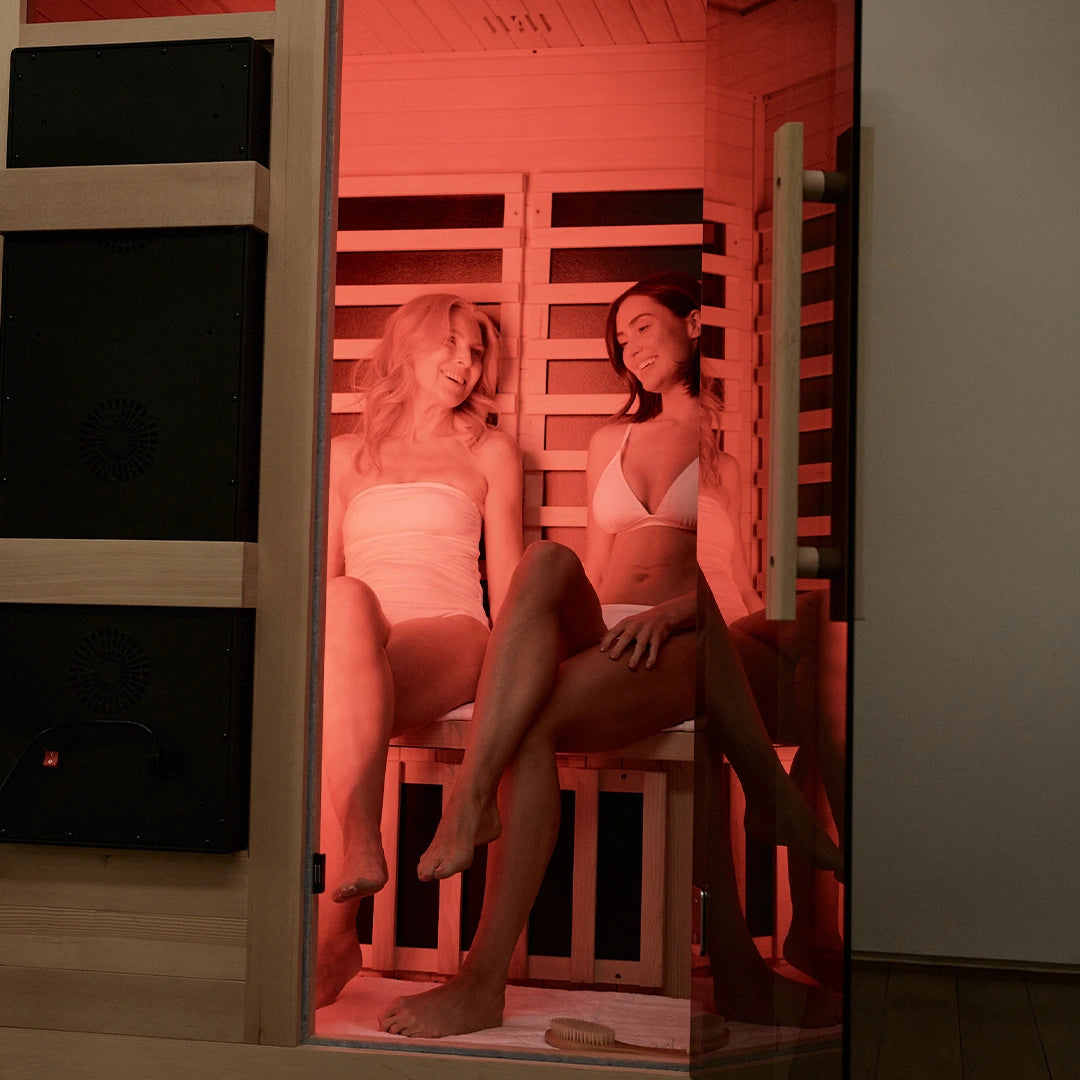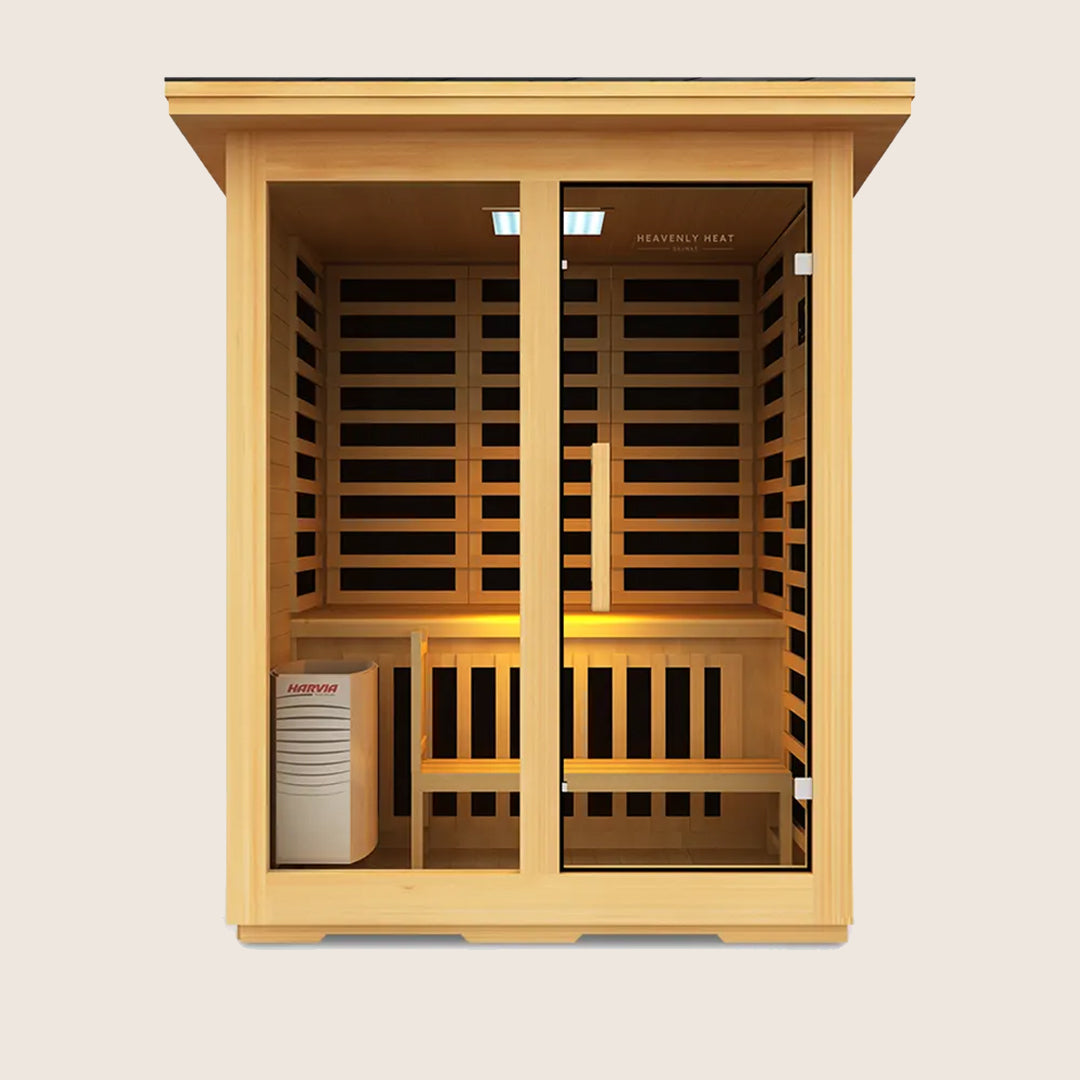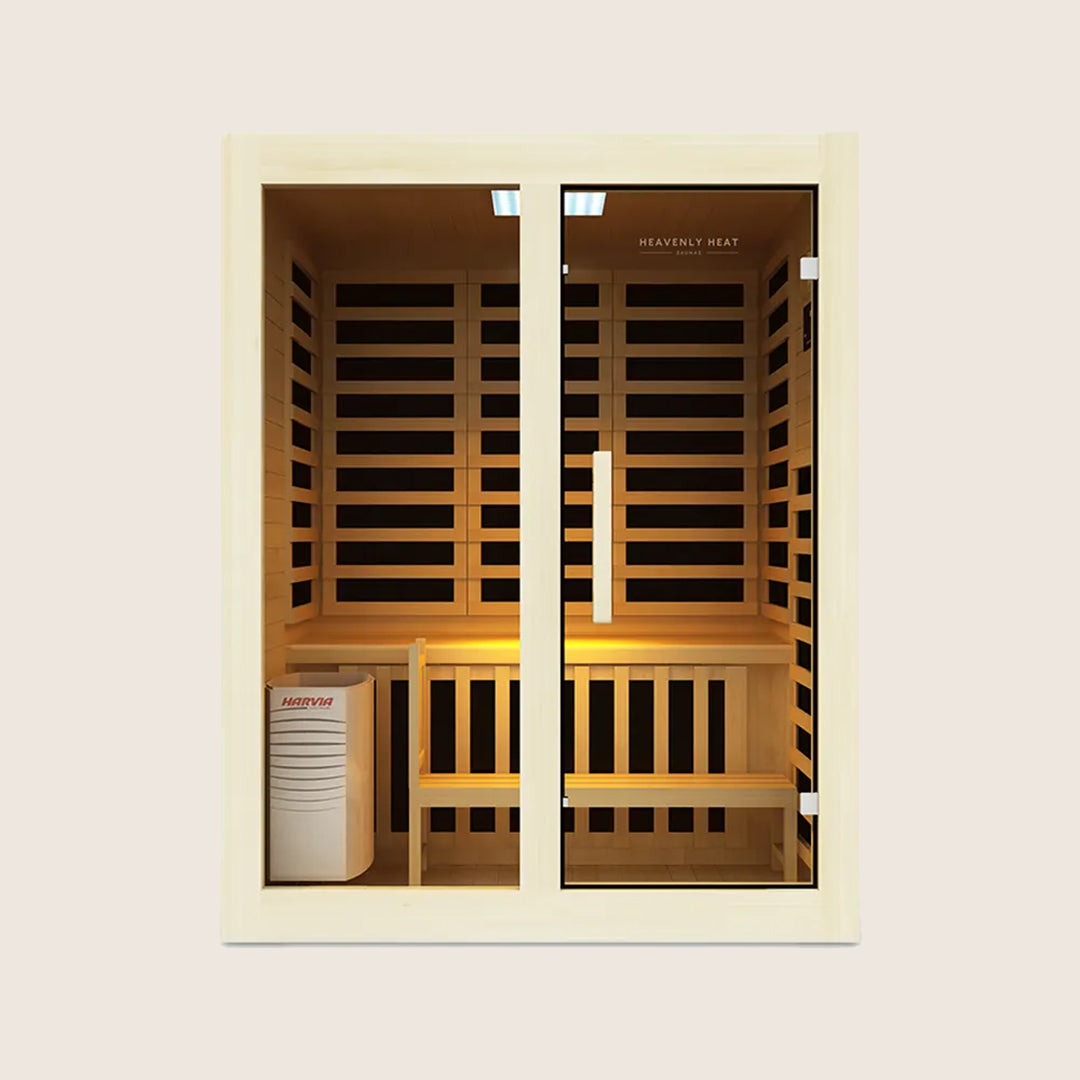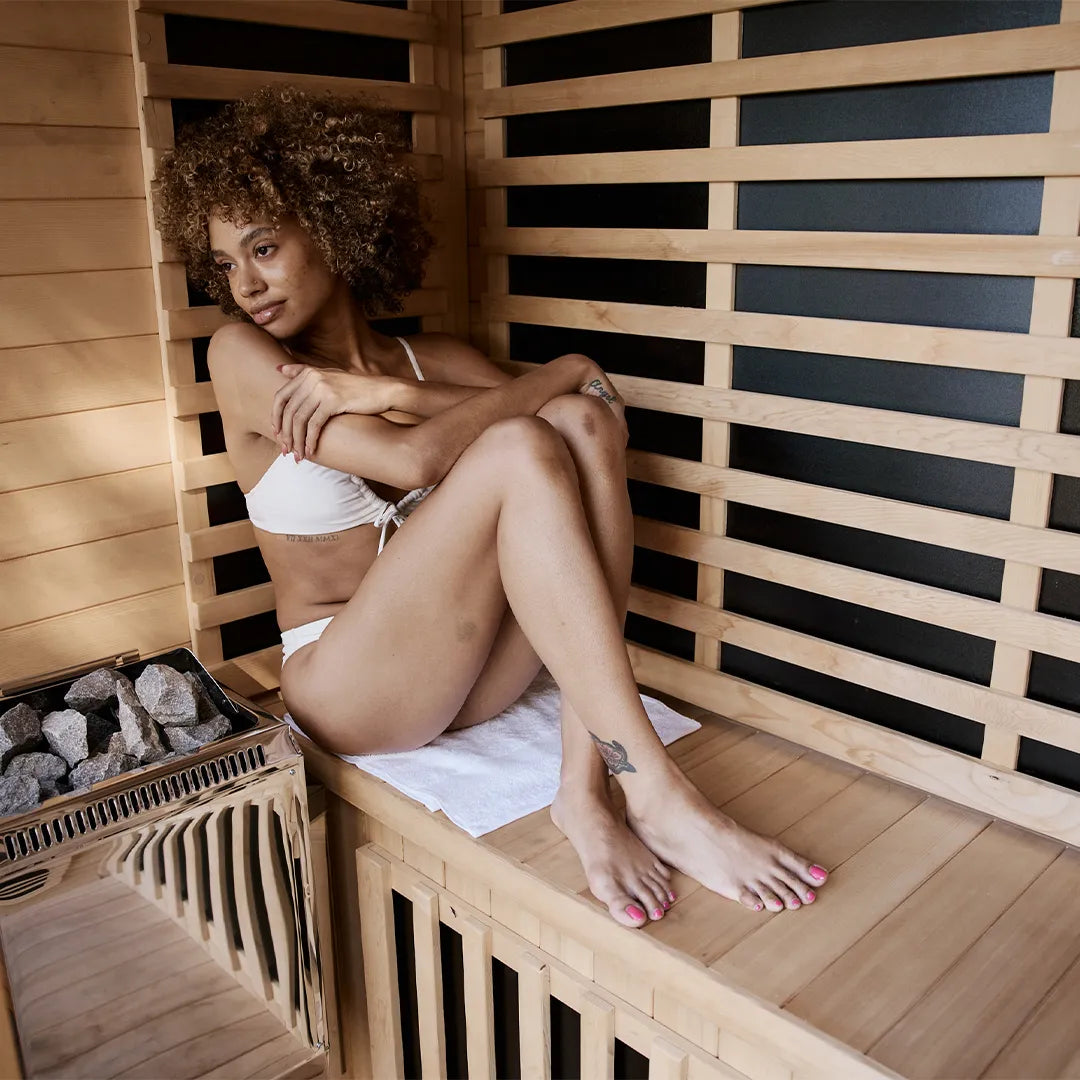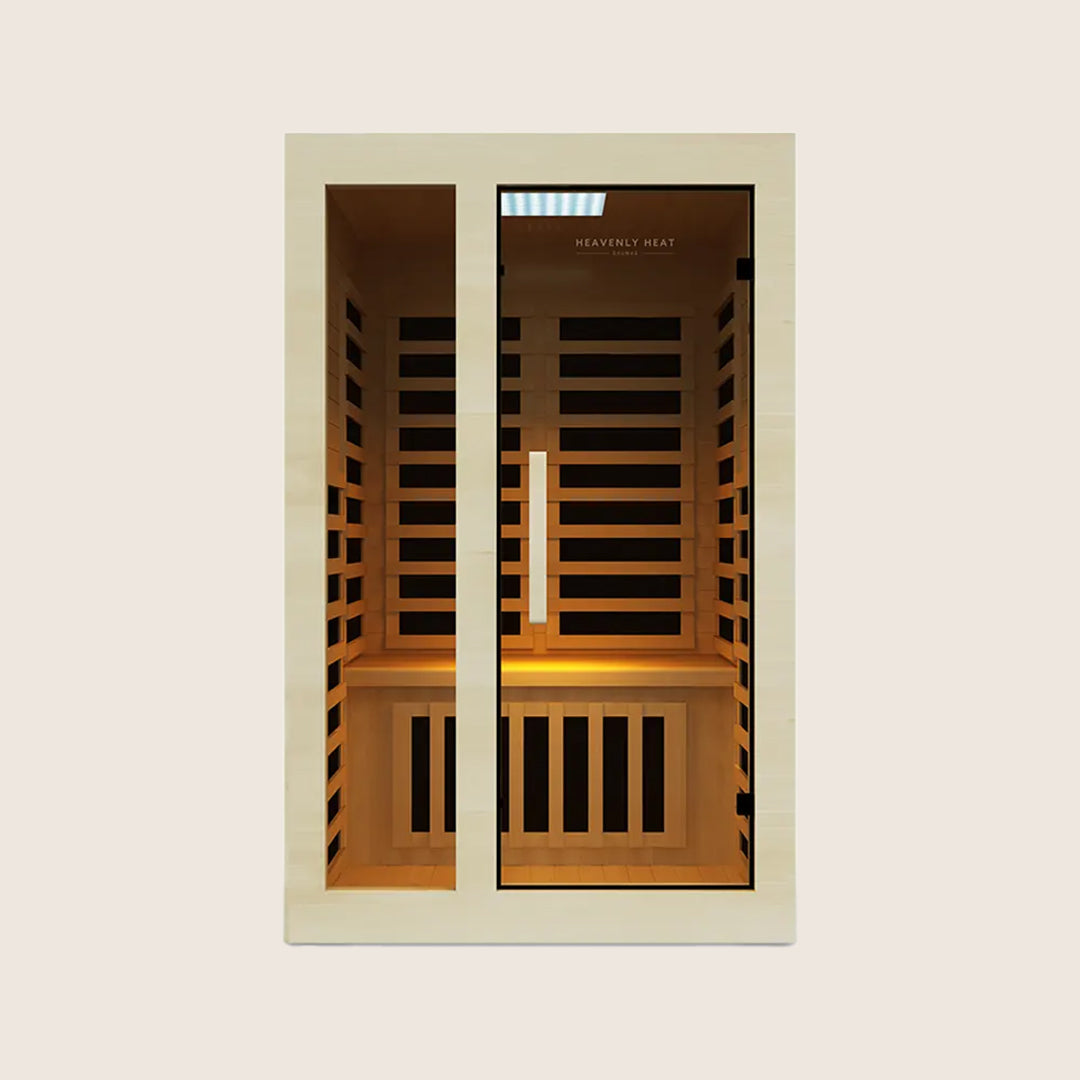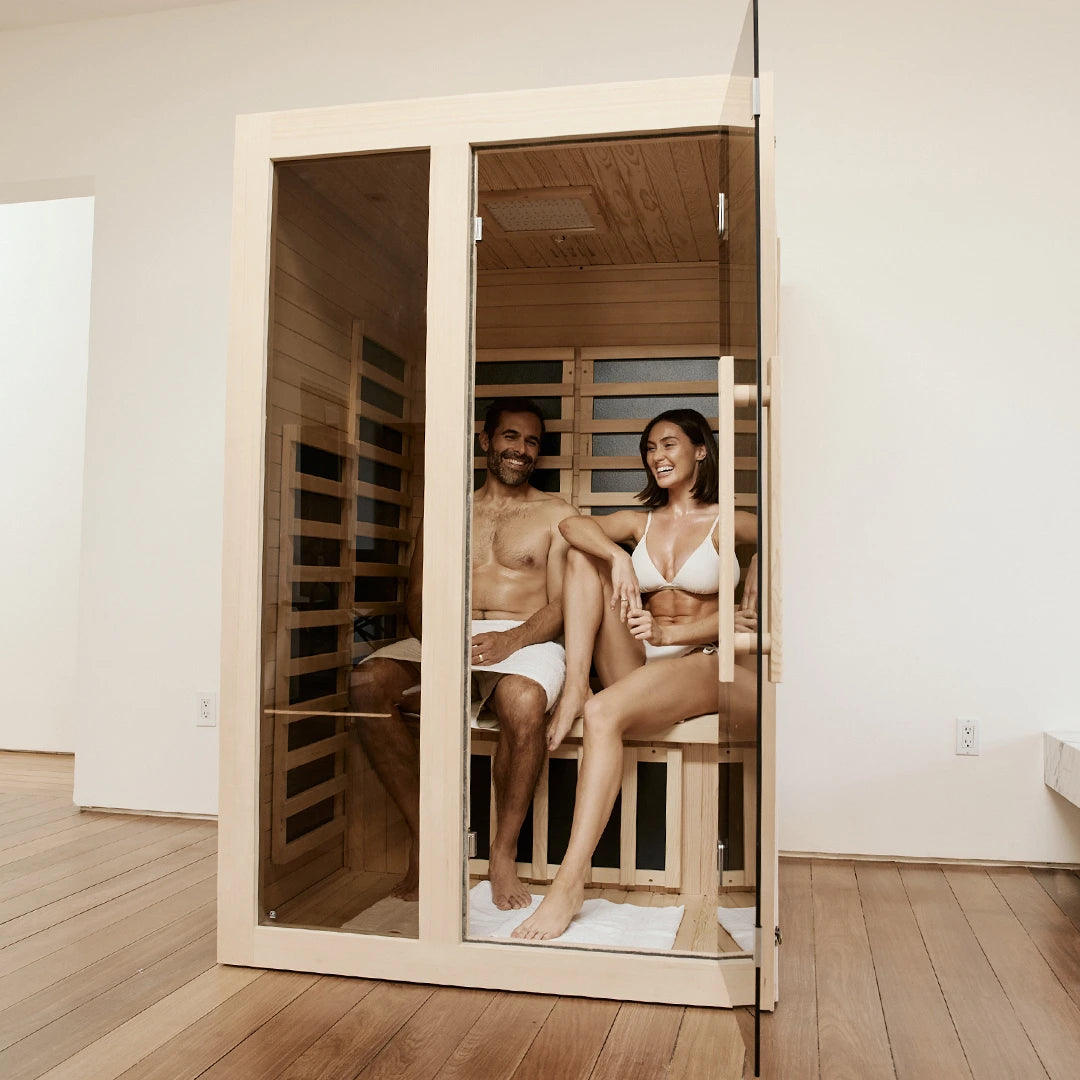Red Light Therapy for Anti-Aging: How It Works

Wrinkles, sagging skin, and thinning hair can make you look older than you feel, sometimes decades too soon.
Premature aging doesn’t just affect appearance; it can chip away at confidence and vitality. Ignoring these changes often accelerates the process, leaving you feeling powerless.
But there’s hope, red light therapy offers a science-backed way to slow, and even reverse, visible aging.
Table of contents
Key Takeaways
Stimulate Your Skin: Red light penetrates deep layers to boost cell activity.
Boost Collagen Naturally: Regular sessions help firm skin and reduce wrinkles.
Smooth and Even Tone: Red light therapy improves skin texture and overall appearance.
Fight Aging Damage: It minimizes inflammation and oxidative stress for healthier skin.
Consistency Matters: Visible improvements typically appear within 4–12 weeks of regular use.
What is Anti Aging?
Anti-aging refers to the strategies and practices aimed at slowing, preventing, or reversing the visible and functional effects of aging, which typically present as wrinkles, fine lines, decreased skin elasticity, fatigue, and slower physical recovery.
These changes can be influenced by a combination of factors, including genetics, lifestyle choices like diet and exercise, environmental exposures such as UV radiation, and stress.
Over time, these triggers contribute to cellular wear and tear, leading to reduced collagen production, oxidative damage, and hormonal shifts.
At the scientific level, researchers believe that aging is largely driven by the gradual accumulation of cellular damage, mitochondrial decline, and changes in gene expression that affect the body’s ability to repair itself, making anti-aging approaches a way to support these underlying biological processes.
How Red Light Therapy Works on Aging Skin?
It Penetrates Deep Layers to Stimulate Cells
Red light therapy works by reaching deep into the skin’s layers, stimulating cellular activity to rejuvenate aging skin.
Research in Photochemistry and Photobiology highlights that light penetration varies with wavelength, and red light can effectively reach the dermis, making it ideal for skin treatments.
Once absorbed, red light energizes the mitochondria in cells, boosting ATP production and triggering beneficial cellular processes, including enhanced metabolism and stress response.
Studies from Photomedicine and Laser Surgery show that this stimulation activates fibroblasts, increases collagen production, and improves skin structure, helping reduce fine lines and wrinkles.
Clinical evidence reported by Skin Research and Technology demonstrates measurable improvements in skin elasticity, tone, and texture after regular sessions, with effects lasting even after therapy stops.
By combining deeper penetration, cellular stimulation, and collagen support, red light therapy provides a scientifically backed, non-invasive way to improve skin health, leaving it firmer, smoother, and visibly rejuvenated.
Collagen Production Increases to Firm Skin
As we age, our skin loses the firmness that keeps it smooth and youthful because collagen and elastin slowly break down.
Red light therapy steps in by waking up your skin cells so they make more of these proteins, which tighten and refresh the skin from within.
One study found that red and near-infrared light boosted collagen, elastin, and even cell energy.
Another clinical trial showed that people who used red light saw firmer, healthier-looking skin with smoother texture and better collagen density.
Wrinkles and Fine Lines Are Reduced
Red light therapy works wonders on aging skin by directly stimulating collagen production, which helps reduce wrinkles and smooth fine lines.
As collagen builds, skin becomes firmer, and sagging areas start to tighten, giving a more youthful appearance.
Many people notice visible improvements in fine lines within a few weeks of consistent use, while deeper wrinkles may take longer but still respond over time.
This therapy not only smooths the surface but also strengthens the skin from within, improving elasticity and texture.
With regular sessions, red light therapy offers a natural, gentle way to refresh your skin and reduce signs of aging.
Skin Tone and Texture Become Smoother
Red light therapy has gained attention for its ability to rejuvenate aging skin, making it smoother and firmer.
By stimulating fibroblasts, the cells responsible for producing collagen and elastin, red light helps plump the skin, reduce fine lines, and improve elasticity.
Clinical studies highlight that over 90% of patients noticed softer, smoother skin after several sessions, with measurable increases in dermal density, one study even reported a 62% boost in collagen.
According to Science Digest, women receiving red and amber LED treatments over four weeks showed a 30% reduction in wrinkle volume, demonstrating visible improvements in skin texture.
Patients often see early changes in just 4–6 weeks, like subtle plumping and hydration, while more significant results, firmer, smoother skin with reduced wrinkles, typically appear after 8–12 weeks of consistent use.
Enhanced circulation and increased cellular energy further support these benefits, helping skin look healthier, more radiant, and youthful.

Inflammation and Oxidative Damage Are Minimized
Red light therapy (RLT) supports aging skin by reducing inflammation and oxidative stress while boosting cellular repair.
Research shows that RLT stimulates mitochondria to produce more ATP, giving skin cells the energy to repair and regenerate.
This also increases antioxidant activity, including enzymes like superoxide dismutase (SOD) and glutathione, which neutralize harmful reactive oxygen species (ROS) and protect cells from damage.
Fibroblasts are activated, promoting collagen and elastin production, which improves elasticity, firmness, and hydration, while reducing wrinkle depth.
According to AIMS Biophysics, photobiomodulation lowers oxidative stress in both human and animal models, decreases inflammatory markers such as IL-1β and TNF-α, and enhances overall skin resilience.
Clinical studies report measurable improvements in skin texture, smoothness, and hydration, contributing to a more youthful appearance.
By combining enhanced antioxidant defenses with increased cellular energy and collagen production, red light therapy helps skin recover from daily stressors, leaving it healthier, firmer, and visibly rejuvenated.
FAQs
Is red light therapy effective for anti-aging?
Red light therapy (RLT) is effective for anti-aging by stimulating deep skin cells, boosting collagen and elastin production, and enhancing mitochondrial activity. Clinical studies show it improves skin elasticity, reduces wrinkles, smooths texture, and minimizes oxidative stress and inflammation. Visible results typically appear within 4–12 weeks, with benefits lasting weeks after treatment, making it a safe, non-invasive approach to rejuvenate aging skin.
How often should you use red light therapy for anti-aging?
For anti-aging, start red light therapy with 3–5 sessions per week for 4–6 weeks, then reduce to 1–3 weekly for maintenance. Adjust frequency based on skin response, follow your device instructions, protect your eyes, monitor for irritation, and consult a healthcare provider for personalized guidance.
How long does it take to see results with red light therapy?
Red light therapy can start showing visible improvements within 4 to 12 weeks of regular use, though the timeline depends on the condition being treated and the type of therapy. Clinical studies show that participants often notice early benefits, such as reduced pain or improved skin texture, within the first few weeks, with more pronounced results over time. Treatments like LED light therapy for skin rejuvenation or collagen supplements may take several weeks to show measurable changes, while certain inflammatory or skin conditions can respond faster. For best results, experts recommend 3–5 sessions per week, often starting with 12 to 16 sessions in the first month to gauge your body’s response. Evidence also suggests that longer-term use, over 8–12 weeks, generally provides more sustained and noticeable benefits compared to short-term treatments, particularly for scar reduction, pain management, and tissue repair. Consistency and individualized protocols are key to maximizing the effects of red light therapy.
Are the results of red light therapy permanent?
Red light therapy (RLT) offers noticeable benefits for both skin health and pain relief, though the permanence of these effects can vary. Clinical studies show that RLT stimulates collagen and elastin production, improving skin elasticity, reducing wrinkles, evening out tone, and accelerating wound healing, while also calming acne and inflammation. For pain management, it can reduce chronic inflammation, tissue damage, and discomfort associated with conditions like arthritis or back pain. Research on the longevity of these effects indicates that improvements in skin quality can last for up to a month after stopping treatment, suggesting some lasting cellular rejuvenation. Systematic reviews and meta-analyses support its role in enhancing collagen, reducing inflammation, and aiding recovery, especially in sports therapy, though outcomes can differ based on treatment protocols and individual responses. As highlighted by News-Medical.net, while RLT is promising, more standardized long-term studies are needed to fully understand its sustained impact. Overall, RLT provides meaningful short- to medium-term benefits, with potential for lasting improvements when used consistently.


